“By people and by horses, not by aer”
Book of the Prophet Habakkuk 1: 8
Military affairs at the turn of the eras. In the last two materials devoted to military affairs of the late Middle Ages and the beginning of the New Age, we got acquainted with the structure of the cavalry units that appeared at that time and their armor and weapons. Today we will consider certain differences that existed between these riders primarily in battle tactics, well, and get to know them all closer. And most importantly, we will analyze how the Reiters and cuirassiers were all the same and why the latter remained in the armies until the outbreak of the First World War.
The whole reason is black oil paint ...
Let's start with the name that the Reiters received from the German Reiter (rider), but above all from Schwarze Reiter (the "black rider"), since they wore roughly made armor painted black. First of all, the so-called mercenaries from southern Germany, who were widely used during the Wars of Faith by both Catholics and Protestants. Well, then the word “black” stopped adding little by little, and only “reitar” remained. Well, a cuirassier is a spearman, from whom a spear and a good horse were taken away, and, naturally, dressed in a cuirass. The cuirassier's armament was a pair of pistols. But practically the same as the Reitars. So what was the difference between them? But the difference, however, was. Difficult, but it was.
Arme and Bourguignot
Recall that the gendarme spearmen wore either full or already three-quarter armor and armored helmets, and were similarly armed and cuirassiers, only instead of copies they had two pistols. And what could be saved on if it was a question of saving? Only on horses, and even then a little. But it was about tactics. Spearmen with all desire could not use spears of equal length with pikemen. This means fighting on equal terms with infantry. And if so, then why are they needed at all? So they were rearmed with pistols! In battle, very often cuirassiers were thrown into a counterattack against spearmen. To stop them, the cuirassiers rode towards them, and approaching, fired their pistols at the riders and at their horses. Moreover, most often with horses, it was not for nothing that the saying was in use at that time: "The horse fell, and here the rider disappeared." On engravings of that time, we see this technique all the time. In addition, the rider was not so easy to kill. For the bullet to pierce his armor, it was necessary to shoot at him point-blank, seeing the whites of his eyes, but this was not always possible. It was easier to shoot a horse, seeing ... the whites of her eyes!
“Go trot the march!”
The cuirassiers rode up to the infantry. Two volleys were fired at her, and, having disordered her ranks, they cut into them with swords and swords in their hands. It was here that they needed the helmets of arme and almost complete knightly equipment, because they had to use cold steel to complete the fire battle.
But the Reiters initially relied specifically on firearms. Their arsenal included no longer a couple, but several heavy large-caliber pistols. Two in holsters, two behind the bootlegs, two behind the belt, and another two, three, four, five, could be at the reitar on a special chest strap. True, the most powerful and large-caliber were only two, in holsters. But on the other hand, an impressive arsenal allowed him to shoot at the foot of the infantrymen almost close by, and it was very difficult to withstand such a fire. So instead of chopping down the infantry, the Reiters methodically shot it until it was completely killed or ran. The dragoons had arquebuses and therefore dismounted for firing, but the Reutars fired directly from the horse. The carabinieri also shot from the horse, but the Reitars were dressed in armor similar to cuirassiers. Except the helmet. Reitara helmets wore a bourguignot type, or as it was called "shturmhaube" in Germany, as they gave the best visibility.

In written sources, the reitars were first mentioned in the letter of the Austrian commander Lazarus von Schwendi, written by him in 1552, and in him these riders are called precisely “black reiters”. And La Nu, already mentioned by us in 1585 in his Political and Military Speeches, wrote about them that they had already defeated the gendarmes many times. That is, the effectiveness of this cavalry was, according to contemporaries, very high
“All France’s money goes to Reiters”
Serving in reytara was very profitable, since they should have received a fee sufficient to buy equipment, horses and most importantly - pistols! Upon admission to the service, the raider received the so-called “Laufgeld” (“running money”), then he was paid the road “lifting money” (“Aaufreisegeld”), and only upon arrival at the place of service - the usual “salary”. But ... having a lot of reiters was unprofitable. For example, in France under King Henry II there were only 7000 of them, and then the French said that all the money in France goes to pay them.
Reitars in the 16th century gathered in large squadrons of 500-1000 horsemen, then built in 20-30 ranks, "knee to knee", and on command rushed to meet the enemy infantry, bristling with a hedgehog of its long and sharp peaks. Having reached almost close by, the line behind the line fired a volley and made a volt - turn left to again take its place in the squadron, but already in the back row. The turn was usually made to the left to enable the rider to shoot already in the backward movement, in order to reduce the time spent by the shooters standing behind the spearmen. But there was a practice of double reversal, part of the riders turned to the left, and the other to the right. In this case, those who turned right had to shoot with their left hands. But the distance was so small that "which hand" was of no practical importance. A similar attack tactic was called "snail" or "karakol"
Step, trot and gallop!
Reitars went on the attack with an easy step to save the horse’s strength, then, approaching the enemy, they switched to a lynx, and when they came close to him, they galloped. Naturally, in order to act so harmoniously under enemy fire, the riders needed good training, and their actions had to be worked out to automaticity. After all, they needed not only to make a turn and return to the previous position as part of the line, but also to load the shot pistol or pistols, and this was sitting on a swaying horse and, in addition, still maintaining the alignment in the line. Of course, in real life the ranks very often fired a volley, they simply turned the horses and rode wherever they were, the rear riders pressed on the front ones, and also those who were behind to quickly put an end to all this horror and murder - they just shot into the air and with a good conscience rushed back. And then the commanders were forced to make a lot of efforts to again gather the scattered squadrons and throw them into a new attack. Only the German "black horsemen" or "black devils", as they were also called, were so well learned that they became famous for the successful use of just such tactics.
Killing Swing
The cuirassiers, naturally also having a pair of pistols, often used the same tactic. But gradually they abandoned it. The reason is the development of firearms. The fact is that such a tactic was effective only against the infantry, in which there were more pikemen, but the shooters of arquebusiers and musketeers were much smaller. As soon as there were more shooters and fewer pikemen, it was unprofitable to shoot cuirassiers with infantry. Now it’s not them, but she, the infantry, suppressed them with her fire. That is, Reytarsky tactics were quite successful only in a situation where the bulk of the infantrymen had edged weapons, and the number of arquebusiers and musketeers in the army was relatively small. As long-range muskets came into service with the infantry, the Reiters immediately lost the opportunity to shoot enemy infantry with impunity. The muskets had a greater firing range than horn pistols, greater penetrating power, and the accuracy of firing a musket in a standing position with two hands was incomparably higher than shooting a rider with one hand. Therefore, the reitars immediately began to suffer heavy losses, and as the military branch began to lose all meaning. But an increase in the number of musketeers in the infantry automatically reduced the number of pikemen. Thus, the infantry became more vulnerable to an equestrian attack carried out at full gallop with the use of knives. That's why the Reitars after the Thirty Years War disappeared from the army, but the cuirassiers continued to persist for a long time. In some armies until the First World War. That is, war - it’s like a kind of “swing” - something swayed in one direction - the reaction is one. Swung in the opposite - another.
Reitars in Russia
In Europe, large contingents of reitars disappeared by the beginning of the 17th century. For example, French Reitars were almost completely destroyed in 1587 under the castle of Hainaut near Chartres. The Thirty Years War finally ended them. However, in Russia only in 1651 did Tsar Alexei Mikhailovich institute a special Reytarsky order and, having experience of clashing with the reytors of the Swedish king, brought in the same regiments. The Swedish experience turned out to be in demand due to the similarity of horse stock. Both the Swedes and our “children of the boyar” had horses “so-so” and lost to the Turkish horses and the Turkish riders proper and the Polish “winged hussars”. But on the other hand, our state could afford to equip our reitars with firearms purchased abroad and ... give them high-quality officers, again hired abroad. The tsar personally pointed out that none of the carbines and pistols would fire at the enemy before time. So that no one would shoot from afar, because the case is "thin and unprofitable." The firing distance in sazhens was directly indicated and that you need to shoot at people and at horses, and not at aerial (that is, through the air).
PS The author and site administration express their heartfelt gratitude to the curators of the Vienna Armory Ilse Jung and Florian Kugler for the opportunity to use her photographs.
To be continued ...
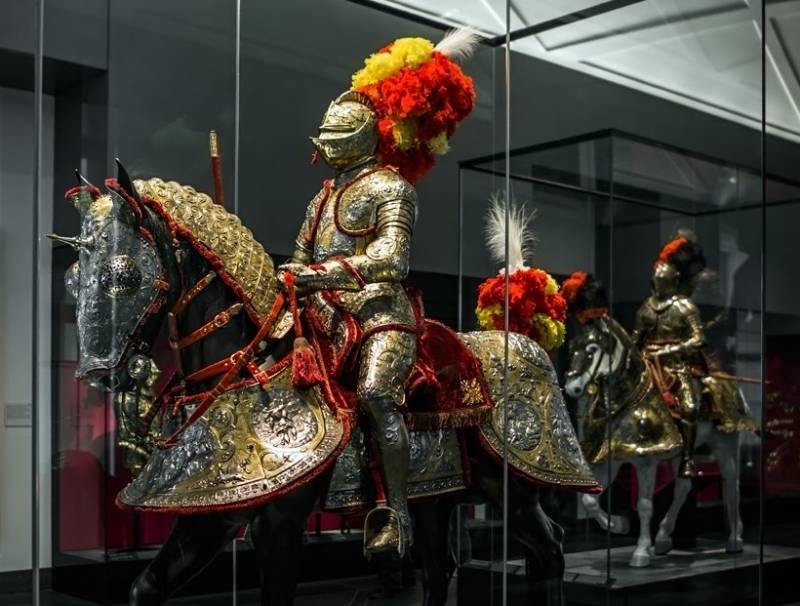
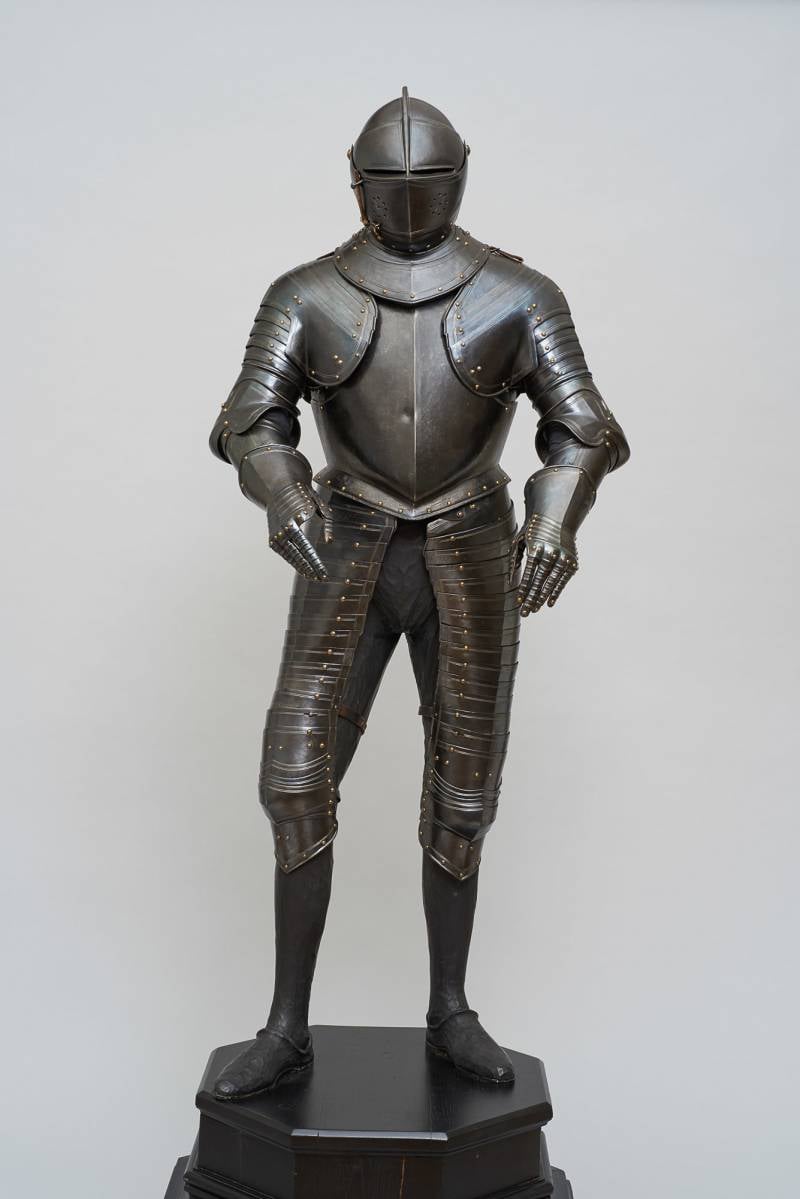
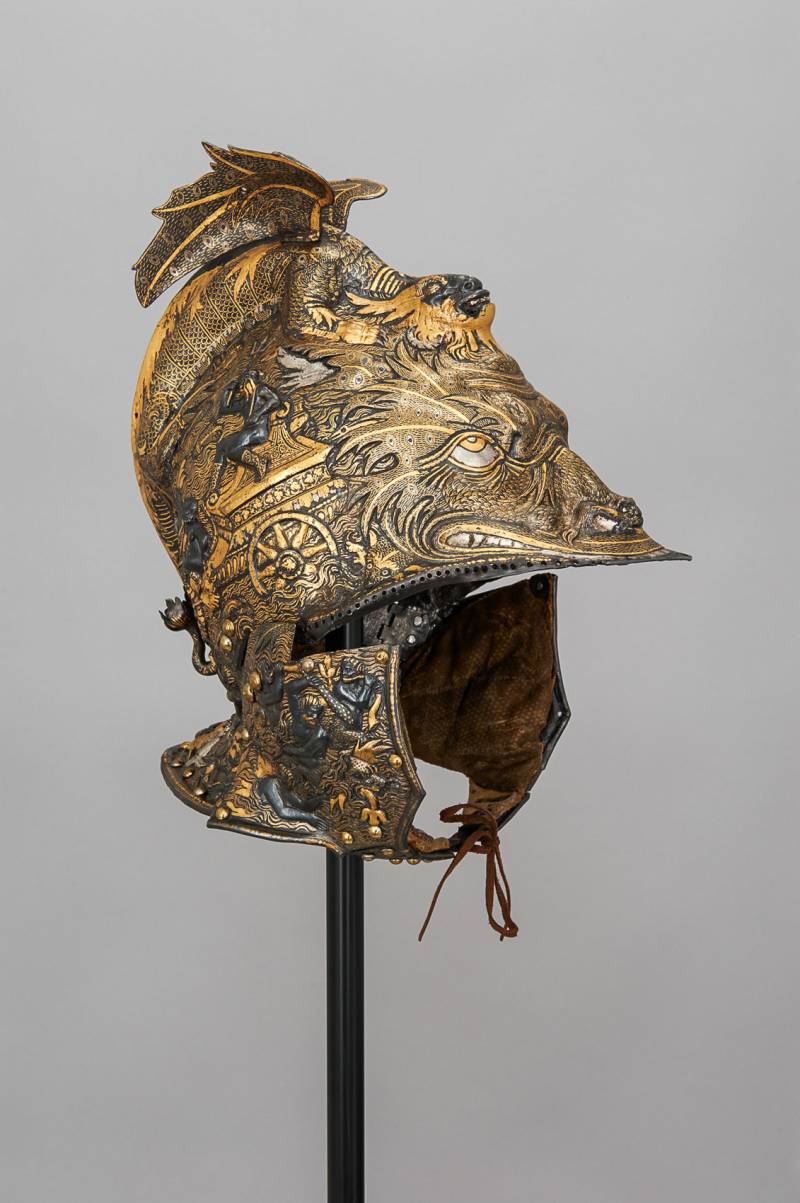
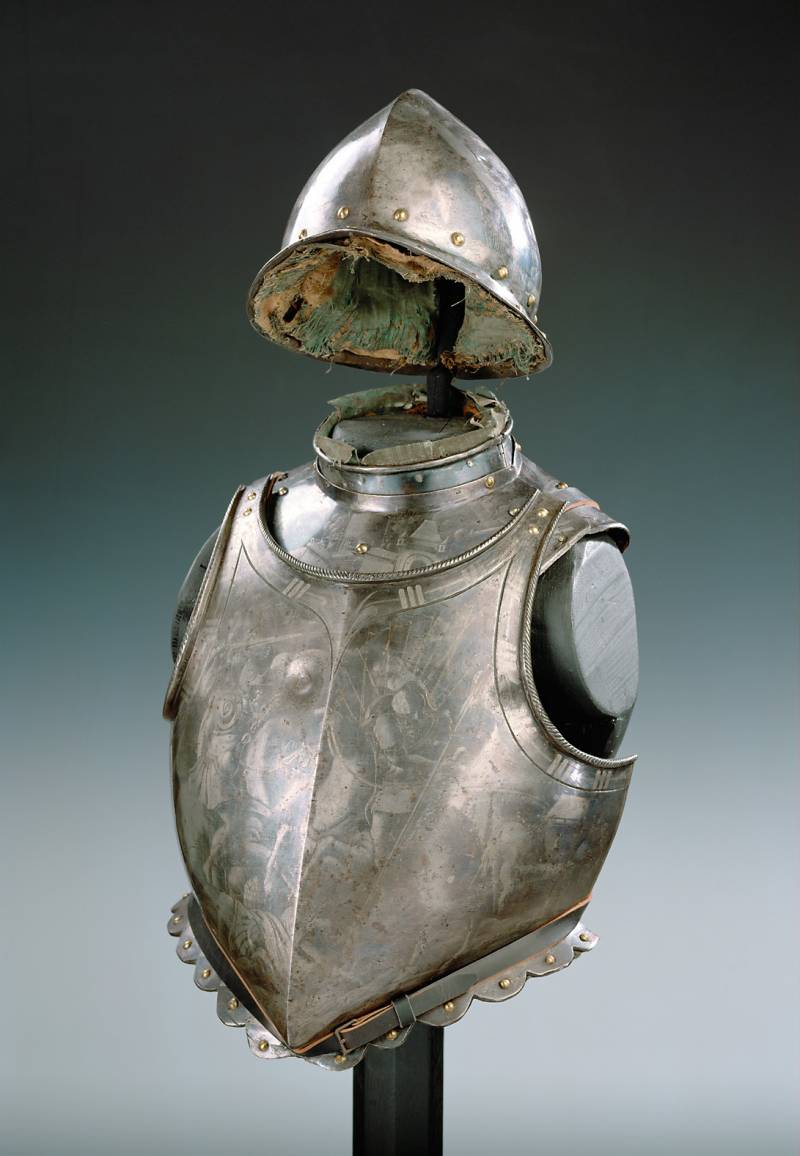
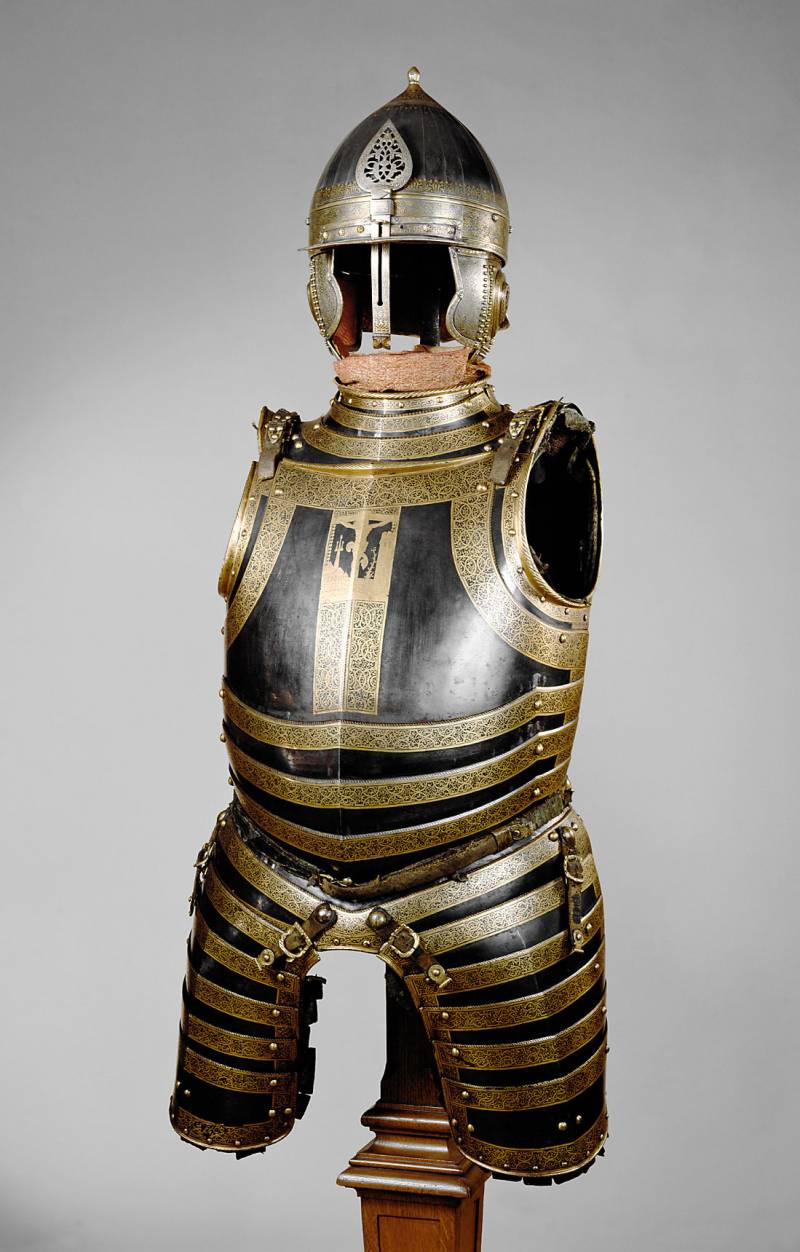
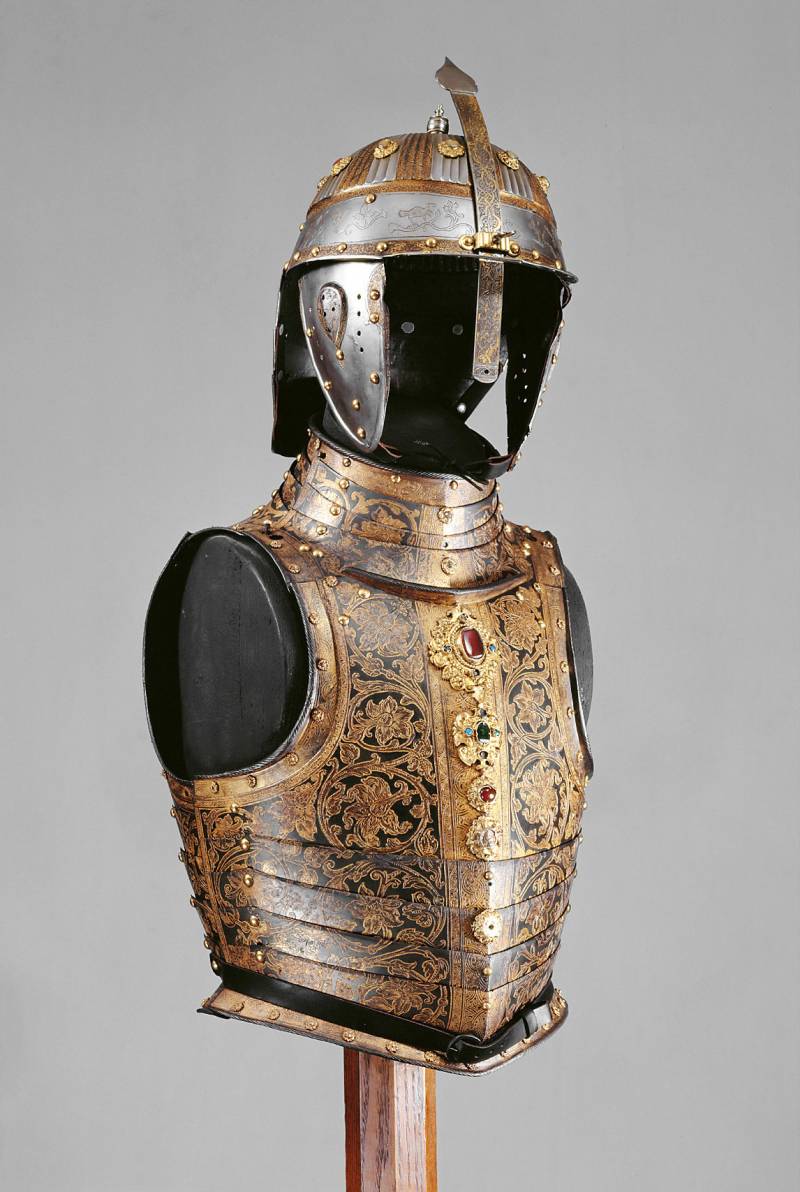
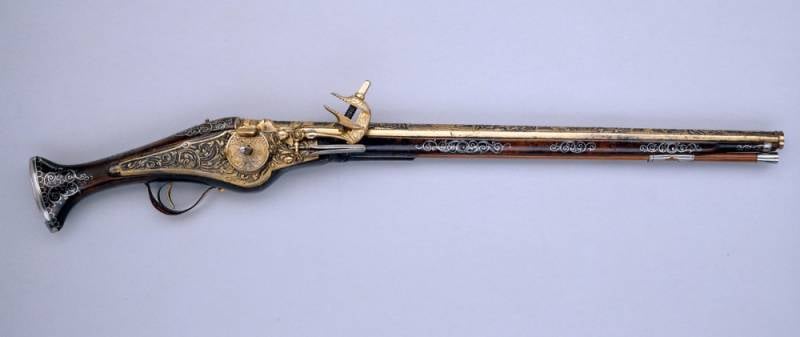
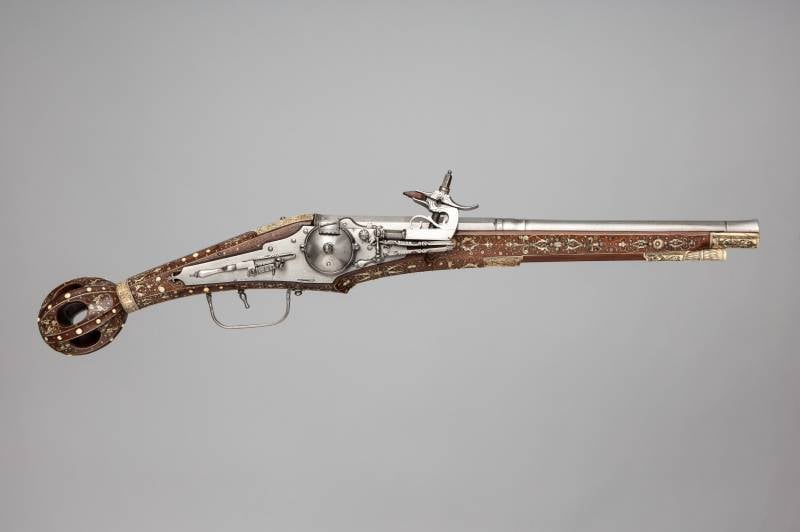
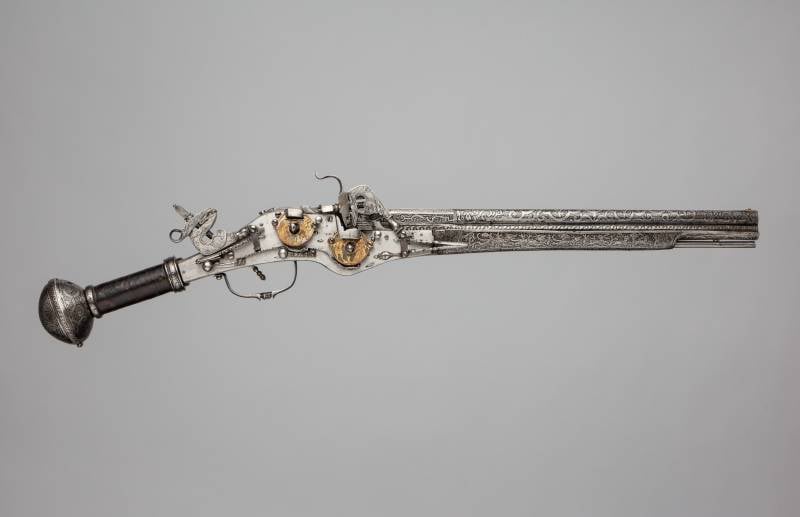
Information